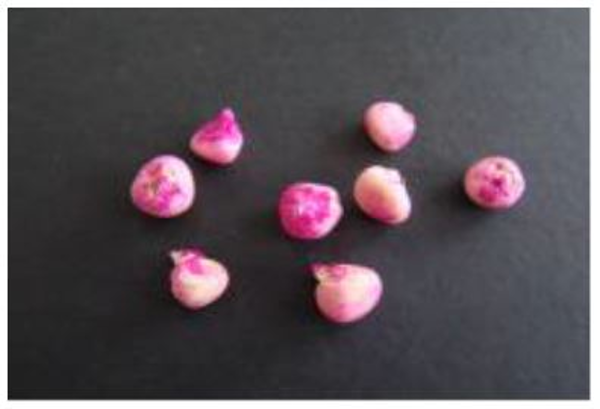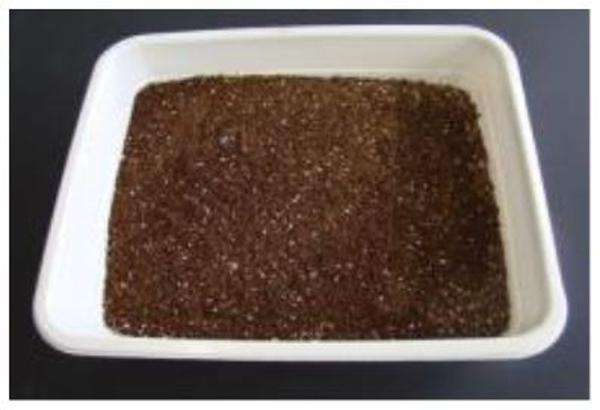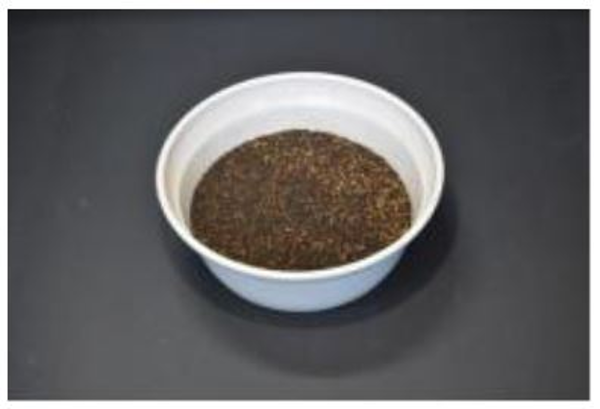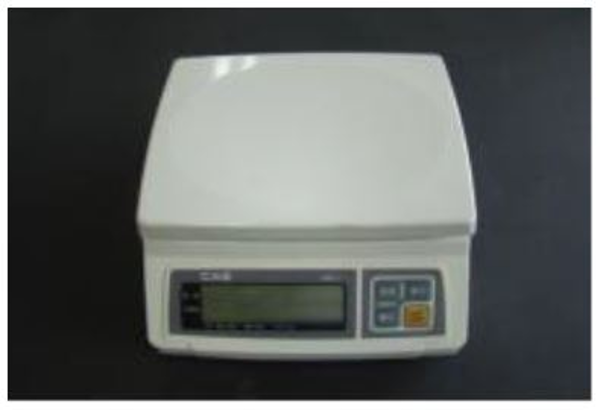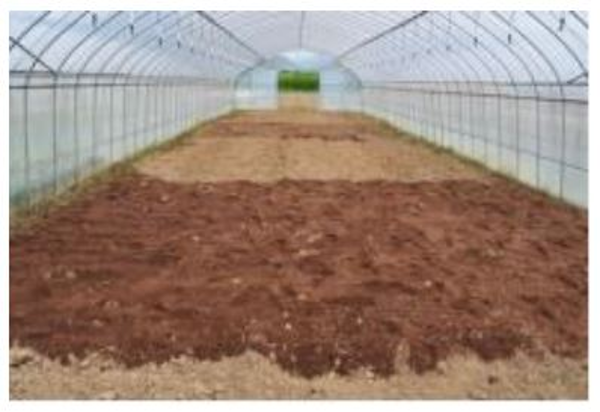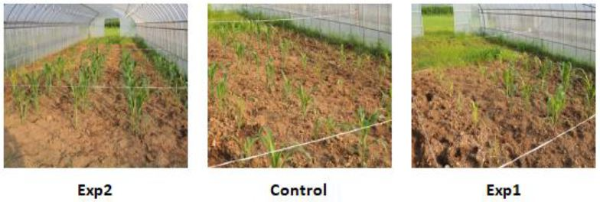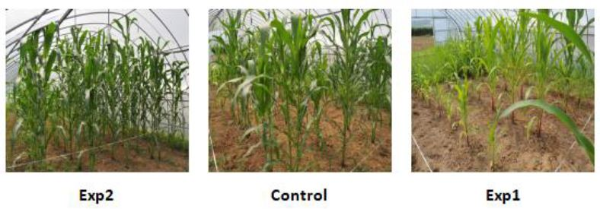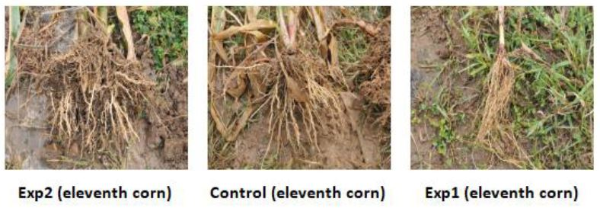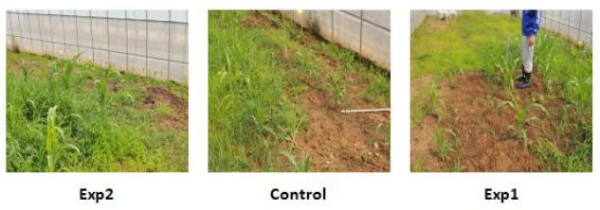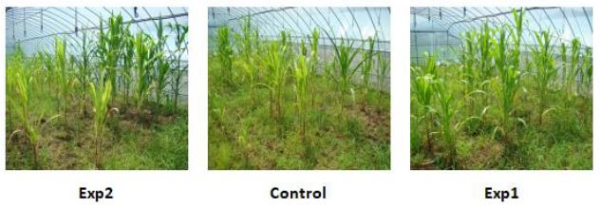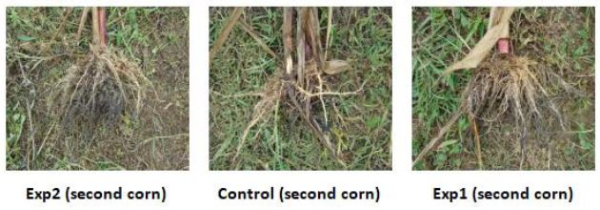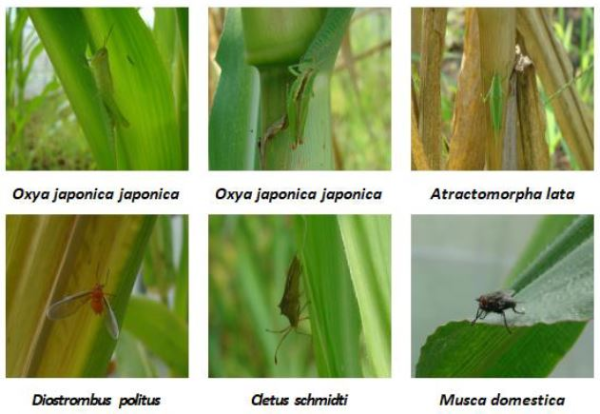Introduction
The white spotted chafer, Protaetia brevitarsis (Coleoptera: Cetoniidae), is a phytophagous insect. P. brevitarsis is found in Korea, Japan, Taiwan, China, Europe, and the east Siberia. The adults measure between 17 to 24 mm and are active during the day. They feed on pollen, and fluids of trees and fruits. The larvae live in corrosive soil like farmyard manure or hays tack. In the fields, they appear from early July to late August. Some of them overwinter as adults, while most overwintering individuals are 3rd instar larvae (Park, 2002).
According to Dong-Ui-Bo-Gam, P. brevitarsis larvae have medicinal potential to treat liver cancer, liver cirrhosis, hepatitis, and accumulated fatigue. P. brevitarsis larvae have also been used as folk remedies to treat disease of the liver in Jeju Island, Korea. Recently, P. brevitarsis larvae were used to produce Cordyceps spp. and the study was designed to develop a preventative medicine against liver diseases (Park, 2002).
Since the recent increase in public interest regarding eco friendly agriculture, the possibility of using P. brevitarsis larva excrement as an organic fertilizer has been tested. In this study, investigation on the organic fertilizer applicability of P. brevitarsis larva excrement in corn cultivation was carried out.
Materials and Methods
Materials
Crop: White Sweet Corn (Zea mays)
White sweet corn (Chal Ok 4 Ho) was bought at Internet shopping mall (Fig. 1).
Nursery bed soil
Nursery bed soil (Evergreen) produced by the Corporation Seoul Bio, consisting of cocopeat (55~65%), feat moss (18~24%), vermiculite (5~8%), zeolite (2~4%), perlite (9~13%), water soluble fertilizer, wetting agent, etc. (Fig. 2), was used.
P. brevitarsis larva excrement
The excrement of P. brevitarsis which was bred in Kyungpook National University, Ecological entomology Lab (Fig. 3) was used.
Others
Tapeline (7.5 m, Fig. 4), insect net (Fig. 5), electronic scale (CAS, Fig. 6), etc.
Methods
Corn growing in treated soil
Corn was cultivated in greenhouse located at Gunwi-gun, Kyungpook National University, Eco-friendly Agricultural technical education center. The soil was divided into 3 groups, namely, treated nursery bed soil (Exp2), untreated soil (control), and soil treated with P. brevitarsis larva excrement (Exp1).
In 2009, we planted 2 corn seeds in each treated soil, having 35 points. In each treated soil, width space was 5 points with 100 cm and length space was 7 points with 60 cm. A total of 70 corn seeds were planted in each treated soil on 29 Jun 2009 (Fig. 7, Fig. 8 ) and the corn was cultivated on 2 5 Sep 2009. In Exp2, we analyzed 20 packs of 50l nursery bed soil mixed with soil. In Exp1, we analyzed 20 packs of 10 kg of P. brevitarsis larva excrement mixed with soil.
In 2010, we planted 2 corn seeds in each treated soil having 20 points. In each treated soil, width space was 5 points with 100 cm and length space was 4 points with 60 cm. A total of 40 corn seeds were planted in each treated soil on 28 May 2010 Fig. 9, Fig. 10) and the corn was cultivated on 28 August 2010. In Exp2, we analyzed 10 packs of 50l nursery bed soil mixed with soil. In Exp1, we analyzed 10 packs of 10 kg of P. brevitarsis larva excrement mixed with soil.
Length comparison of corn from each treated soil
We measured the length of corn with a 7.5 m tapeline starting from the highest length of the corn. If the corn reached the ceiling of the greenhouse, the exact length was recorded. In 2009, the length of corn was recorded 11 times from 11 Jul to 25 Sep. In 2010, the length of corn was recorded 10 times from 24 Jun to 28 Aug.
Insect comparison in each treated soil
We selected corn from each treated soil for comparison of the insect population. In 2009, 10 corns were randomly selected and in 2010, 5 corns were randomly selected. Insects were collected using insect net and by hand. In 2009, the insects were collected 11 times from 11 Jul to 25 Sep and 10 times in 2010 from 24 Jun to 28Aug.
Results
Length comparison of corn from each treated soil
In 2009, we compared the length of corn from each treated soil. On average, corn growth rate from Exp 2 was higher and corn growth rate from the control was higher than Exp1 (Fig. 11, Fig. 12, Fig. 13, Fig. 14 ). Corn bloom time was faster in Exp2. The corn yield was higher in control and corn yield from Exp2 was higher than Exp1 (Table 1, Fig. 15). However, empty heads of grain were reported in Exp2. We also compared the thickness of th e corn roots and the following trend was observed Exp2 > control > Exp 1 (Fig. 16).
In 2010, we compared the length of corn from each treated soil. On average, corn growth rate from Exp1 and Exp2 were similar. Corn growth rate for the control was least (Fig. 17, Fig. 18, Fig. 19, Fig. 20 ). The corn bloom time and corn yield were similar for Exp1 and Exp2. However, empty heads of grain were reported in Exp2 like in 2009 (Table 2, Fig. 21). We also compared the thickness of corn roots and the following order was recorded Exp2 >Exp1 > control. However, corn roots from treated soil were rotten. Therefore, the corn growth rate and corn yield were low as compared to year 2009 (Fig. 22).
Tables 3, 4, and 5 present the statistical analysis of corn yield in 2009. Table 3 showed that there was no significant difference ( P >0.005) between control and Exp2. Tables 4 and 5 showed that there was significant difference ( P <0.001 ) between the two groups. Tables 6, 7, and 8 present the statistical analysis of corn yield in 2010. Tables 6 and 7 showed that there was significant difference ( P<0.001 ) between the two groups. Table 8 showed that there was no significant difference (P>0.005) between Exp1 and Exp2.
In 2010, corn growth rate, corn yield, and thickness of corn roots were inferior as compared to 2009, and this might be related to the difference in climatic conditions. As such, in 2010, there were more rainy days as compared to 2009 and the poor soil condition was related to the rotting of the corn roots.
In 2009 and 2010, the corn growth rate was best in Exp2, but there were lots of empty heads of grain. As a result, nursery bed so il successfully elongated the corn, but failed to properly develop the corn fruit.
In 2009 and 2010, the results were different for Exp1. In 2009, Exp1 recorded the worst performance for the studied criteria. In 2010, corn growth rate was similar for Exp1 and Exp2, but empty heads of grain were reported in Exp2, thereby suggesting that corn yield was better in Exp1 compared to Exp2. These findings support that P. brevitarsis larva excrement could be used as organic fertilizer.
Insect comparison in each treated soil
In 2009, we collected insects 11 times. According to cultivation time, different insects were observed. During early cultivation time, there were lots of Diptera. In middle cultivation time, lots of ants and aphids were collected and the presence of aphids was related to the occurrence of fungal disease. During the last time of cultivation, there were lots of Spodoptera litura larvae which damaged cornstalks and fruits, followed by presence of the insects in corn ( Table 9, Table 10, Fig. 23).
In 2010, we collected insects 10 times. There were lots of Oxya japonica japonica during cultivation time which damaged corns (Fig. 2 4 ). Also, we could observe Cletus schmidti, Atractomorpha lata, etc (Table 10, Table 11, Fig. 25).
Species observed in 2009 were more than in 2010. The corns were damaged by O. japonica japonica in 2010 and it seems that the O. japonica japonica eggs were overwintering in greenhouse and hatched in 2010.
Discussion
This study was performed to evaluate the applicability of the P. brevitarsis larva excrement as organic fertilizer. The soil was divided into 3 groups, namely, treated nursery bed soil, untreated soil, and soil treated with P. brevitarsis larva excrement. We investigated corn growth rate and insect population in 2009 and 2010.
In 2009, we compared length of corn from each treated soil. Corn growth rate in Exp2 was higher. The nursery bed soil seems to properly elongate corn, but effective elongation of corn was observed in control. Corn elongation was less effective using P. brevitarsis larva excrement, but in 2010, corn growth rate was similar for Exp1 and Exp2. Different results were recorded in 2009, suggesting that P. brevitarsis larva excrement could be used as organic fertilizer.
Upon comparison of corn fruits from each treated soil, empty heads of grain were reported in 2009 and 2010 for Exp2. The nursery bed soil seems to be improper for the elongation of corn. Also, comparison of corn roots from each treated soil revealed that Exp2 was best in 2009 and 2010. Exp1 was the worst in 2009 and the control was the worst in 2010. Especially, in 2010, there were lots of rainy days as compared to 2009 and the soil condition was poor. Therefore, in 2010, the corn roots were rotten. Using proper nutrients and proper fertilizer is crucial in corn cultivation.
Since this study was performed in greenhouse, there were not lots of insects. In 2009, the insect population was different during cultivation time. In 2010, there were lots of Oxya japonica japonica during cultivation, resulting in lots of damaged corn. As a result, understanding the ecology and management of these insects is crucial to minimize crop damage.
